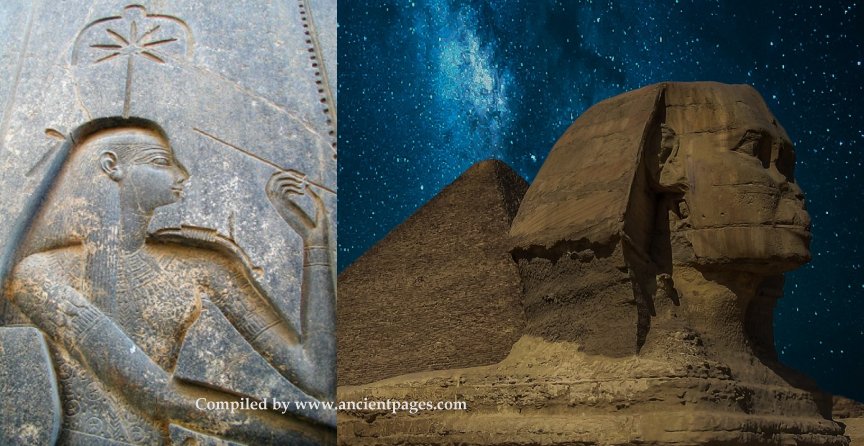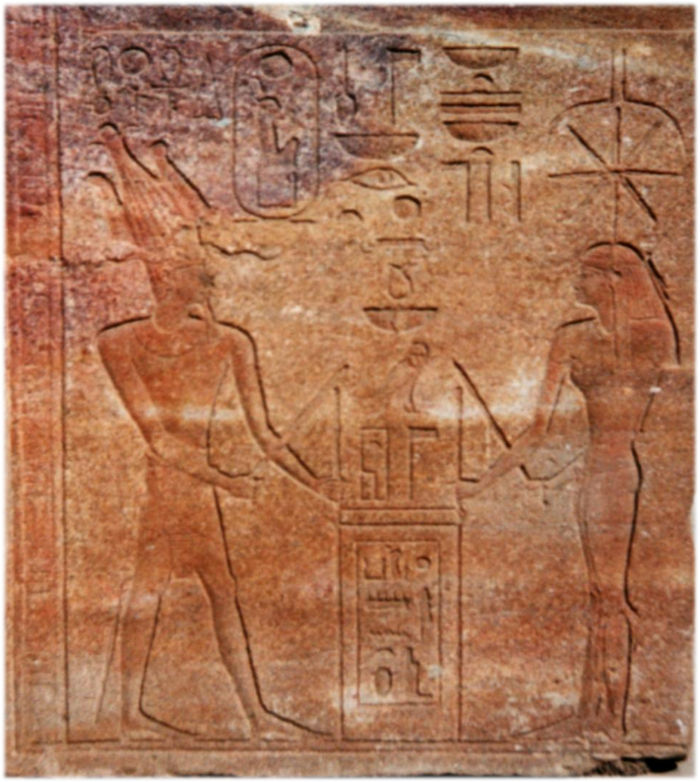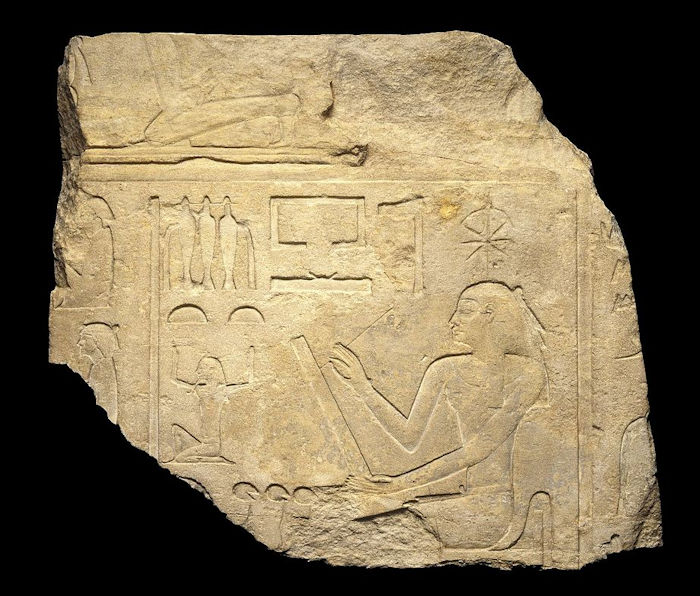Seshat: Goddess Of Astronomy Aligned Sacred Monuments To The Stars Long Before Imhotep
Ellen Lloyd - AncientPages.com - Known for her astronomical knowledge, Lady of the Stars, goddess Seshat played a vital role in the construction of sacred Egyptian buildings. She assisted the pharaoh in the Stretching of the Cord ritual to align the sacred monuments to the stars.
Why Was The Sacred Stretching Of The Cord Ceremony Performed?
The mysterious Stretching of the Cord ritual dates to very ancient times. It was performed by ancient Egyptian priests long before Imhotep built the Sakkara pyramid.
Imhotep was well-known for his intelligence and wisdom. Imhotep, or “he who comes in peace,” was an ancient Egyptian genius and the great architect of the world’s first known monumental stone building, the Step Pyramid at Sakkara.
As previously discussed on Ancient Pages, there is no doubt that Imhotep was a mastermind. Still, it remains unknown from whom he acquired his vast knowledge of astronomy and the art of stone masonry.
One possibility is that Imhotep was a member of the mysterious Shemsu Hor, who were followers of Horus. The Shemsu Hor were semi-divine kings in predynastic Egypt. According to sacred ancient Egyptian texts, the Shemsu hor were present in Egypt during the Golden Ages of the original divine kings, and they remained there long after these kings ascended back to the stars.
The Shemsu Hor inherited sacred knowledge of the pyramids, the Sphinx, and the surrounding energy fields.
In ancient Egypt, the orientation of the buildings was of great importance because the Pharaoh received his power from the Northern Stars.
The stretching of the cord ceremony in the temple of Karnak. Credit: Lothar Derstroff - CC BY-SA 3.0
The Pharaoh conducted the sacred ceremony, Stretching of the Cord, to orient the temples and tombs before building them.
Together with Goddess Seshat, the Pharaoh stood with a hammer in one hand and a pole in the other. Seshat held the same objects in her hands and pulled a cord wrapped between their respective poles.
The Pyramid Texts described the ceremony as: “I have grasped the stake…I take the measuring cord in the company of Seshet. I consider the progressive movements of the stars. My eye is fixed upon the Bull’s Thigh [Ursa Major]. I count off time…and establish the corners of the Temple.”
This method helped the pharaoh determine the location of the Northern stars from whence came his power and where his soul traveled. Possessing this vital knowledge, the Pharaoh was able to begin the construction of sacred buildings.
Goddess Seshat Could See In The Dark
Goddess Seshat, ca. 1919-1875 B.C.E. Brooklyn Museum. Credit: Charles Edwin Wilbour Fund - Public Domain
Intriguing Goddess Seshat was one of the most intelligent deities of ancient Egypt.
In some Egyptian accounts, Seshat is referred to as the wife of Thoth, the Egyptian God of science, literature, writing, and keeper of sacred books. In some texts, she is identified as his daughter and, at other times, as his wife.
She was known as Lady of Builders and patron of the sacred books and libraries.
To Egyptians, the number 7 was one of the most sacred numbers. Often depicted wearing panther skin and a headband with a seven-pointed star and bow, Seshat possessed the ability to see in the dark. Seshat also wore a golden tiara with a stem surmounted by a seven-pointed star.
One of her most important tasks was to record the years that each king reigned, and she was sometimes shown writing the king's name on the leaves of the Persea tree, a sacred tree in ancient Egypt.
According to Egyptian mythology, the Bennu bird was born from the flames of a burning Persea tree. The Bennu bird was similar to the Phoenix, the bird of immortality.
Goddess Seshat, a divine time-keeper, recorded calendar events by observing the cycle of the stars. Much of her knowledge was considered so sacred that it was never shared beyond the ranks of the highest professionals, such as architects and certain scribes.
Seshat, the goddess of accounting, architecture, astronomy, astrology, building, mathematics, and surveying was someone who would today be called a great scientist.
Updated on July 7, 2022
Written by - Ellen Lloyd – AncientPages.com
Copyright © AncientPages.com All rights reserved. This material may not be published, broadcast, rewritten or redistributed in whole or part without the express written permission of AncientPages.com
Expand for referencesMore From Ancient Pages
-
 Miraculous Cauldrons Of The Ancient Celtic World
Myths & Legends | Apr 17, 2024
Miraculous Cauldrons Of The Ancient Celtic World
Myths & Legends | Apr 17, 2024 -
 Mystery Of The Ancient Unknown Mining Civilization In North America – Connecting the Dots – Part 2
Civilizations | Apr 23, 2022
Mystery Of The Ancient Unknown Mining Civilization In North America – Connecting the Dots – Part 2
Civilizations | Apr 23, 2022 -
 Unusual 2,500-Year-Old Face Urns Reveal Garments, Appearance And Jewelry Of Prehistoric People
Archaeology | Nov 11, 2017
Unusual 2,500-Year-Old Face Urns Reveal Garments, Appearance And Jewelry Of Prehistoric People
Archaeology | Nov 11, 2017 -
 Underwater Drone Images Reveal Oldest Human-Made Structure In The Baltic Sea
Archaeology | Feb 13, 2024
Underwater Drone Images Reveal Oldest Human-Made Structure In The Baltic Sea
Archaeology | Feb 13, 2024 -
 Three Roman Shipwrecks Discovered Off Tunisian Coast – One Is 2,000-Year-Old
Archaeology | Jun 9, 2023
Three Roman Shipwrecks Discovered Off Tunisian Coast – One Is 2,000-Year-Old
Archaeology | Jun 9, 2023 -
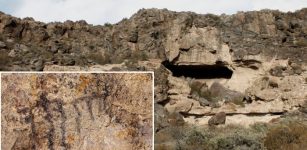 Puzzling Comb Drawing In Huenul Cave May Be The Oldest Rock Art In South America
Archaeology | Feb 15, 2024
Puzzling Comb Drawing In Huenul Cave May Be The Oldest Rock Art In South America
Archaeology | Feb 15, 2024 -
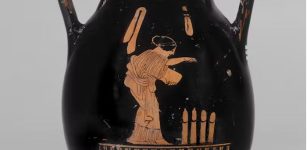 The Long And Satisfying 28,000-Year History Of The Dildo
Featured Stories | Feb 27, 2023
The Long And Satisfying 28,000-Year History Of The Dildo
Featured Stories | Feb 27, 2023 -
 Fin Folk – Mythical Amphibious Sea People On Orkney And Shetland
Featured Stories | Feb 22, 2016
Fin Folk – Mythical Amphibious Sea People On Orkney And Shetland
Featured Stories | Feb 22, 2016 -
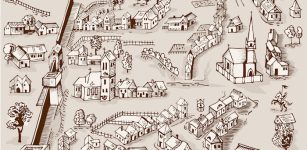 Wolstenholme Towne: Lost Virginia Settlement – Destroyed, Abandoned And Forgotten
Featured Stories | Jun 26, 2018
Wolstenholme Towne: Lost Virginia Settlement – Destroyed, Abandoned And Forgotten
Featured Stories | Jun 26, 2018 -
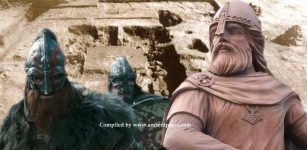 Viking Ivar The Boneless Could Be Buried In Repton – Remarkable Viking Burial Holds Clues To Where Ragnar Lodbrok’s Son Died
Featured Stories | Jun 17, 2022
Viking Ivar The Boneless Could Be Buried In Repton – Remarkable Viking Burial Holds Clues To Where Ragnar Lodbrok’s Son Died
Featured Stories | Jun 17, 2022 -
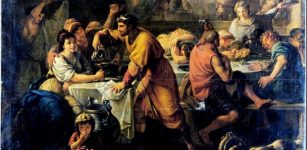 Saturnalia Feasts In Roman Empire
Ancient History Facts | Jun 30, 2018
Saturnalia Feasts In Roman Empire
Ancient History Facts | Jun 30, 2018 -
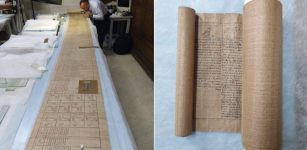 Never-Before-Seen 16 Meters Long Ancient Egyptian Papyrus Unveiled To The Public
Artifacts | Feb 21, 2023
Never-Before-Seen 16 Meters Long Ancient Egyptian Papyrus Unveiled To The Public
Artifacts | Feb 21, 2023 -
 Who Was The Woman Buried With 25 Warrior Monks Of The Order Of Calatrava At The Castle At Zorita De Los Canes, Guadalajara?
Archaeology | Jun 4, 2024
Who Was The Woman Buried With 25 Warrior Monks Of The Order Of Calatrava At The Castle At Zorita De Los Canes, Guadalajara?
Archaeology | Jun 4, 2024 -
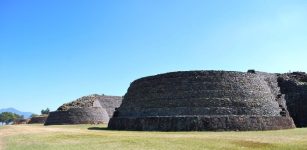 Tarascan Indians: Intriguing Pre-Columbian Civilization Of Artists, Warriors And Skilled Metallurgists
Civilizations | Sep 9, 2021
Tarascan Indians: Intriguing Pre-Columbian Civilization Of Artists, Warriors And Skilled Metallurgists
Civilizations | Sep 9, 2021 -
 Unique Flagship ‘Gribshunden’: Spectacular Discoveries
Archaeology | Oct 2, 2019
Unique Flagship ‘Gribshunden’: Spectacular Discoveries
Archaeology | Oct 2, 2019 -
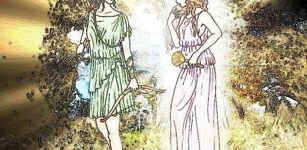 Ancient Greek Goddesses Aphrodite And Artemis – Rivalry And Conflict Over Prestige Illustrated In Hippolytus By Euripides
Featured Stories | Jun 13, 2018
Ancient Greek Goddesses Aphrodite And Artemis – Rivalry And Conflict Over Prestige Illustrated In Hippolytus By Euripides
Featured Stories | Jun 13, 2018 -
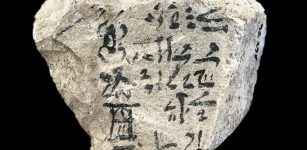 Earliest Version Of Our Alphabet Possibly Discovered
Archaeology | May 17, 2018
Earliest Version Of Our Alphabet Possibly Discovered
Archaeology | May 17, 2018 -
 Rare 2,700-Year-Old Seal Of Biblical King Jeroboam II’s Servant Confirmed Authentic
Artifacts | Jan 18, 2021
Rare 2,700-Year-Old Seal Of Biblical King Jeroboam II’s Servant Confirmed Authentic
Artifacts | Jan 18, 2021 -
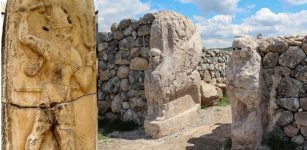 Drought Accelerated Hittite Empire Collapse – New Study Suggests
Archaeology | Feb 12, 2023
Drought Accelerated Hittite Empire Collapse – New Study Suggests
Archaeology | Feb 12, 2023 -
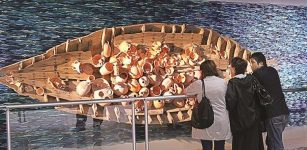 Yenikapı Shipwrecks – A Unique Historical Treasure That Sheds Light On Ancient Ship Production
Archaeology | Oct 28, 2015
Yenikapı Shipwrecks – A Unique Historical Treasure That Sheds Light On Ancient Ship Production
Archaeology | Oct 28, 2015

